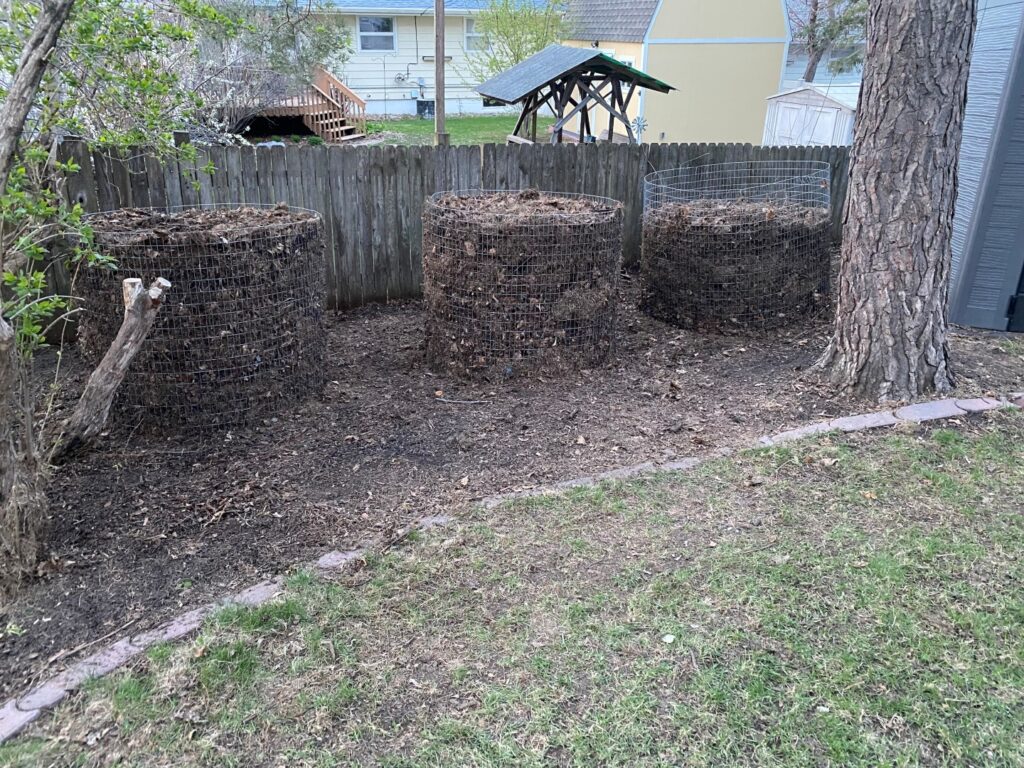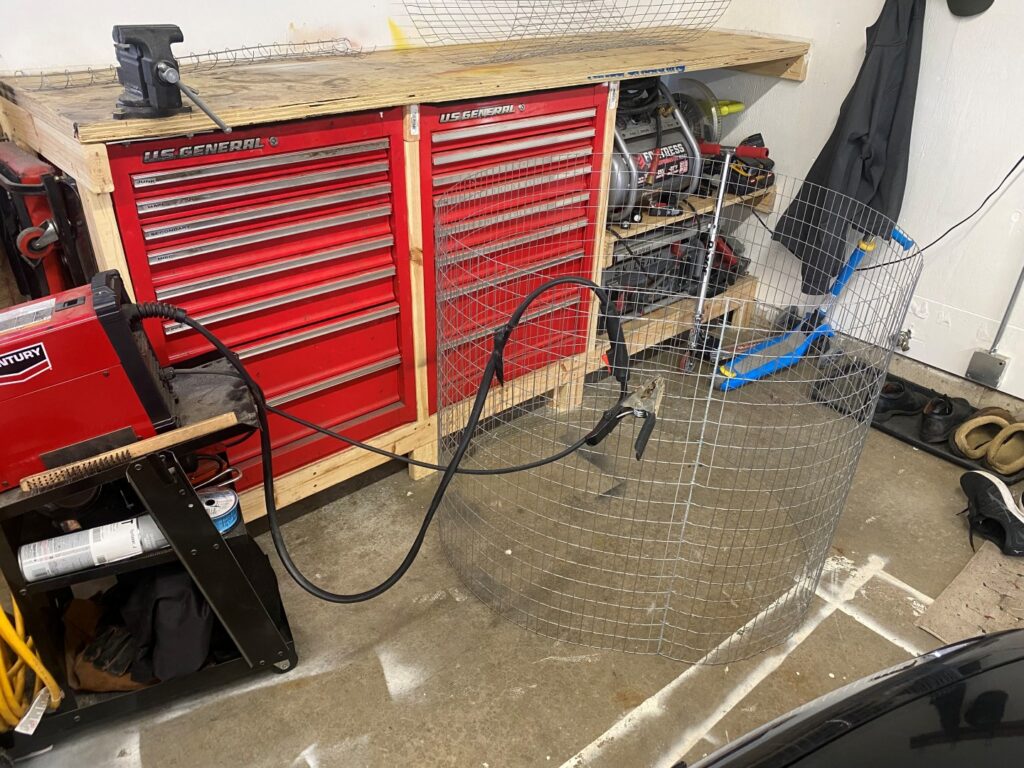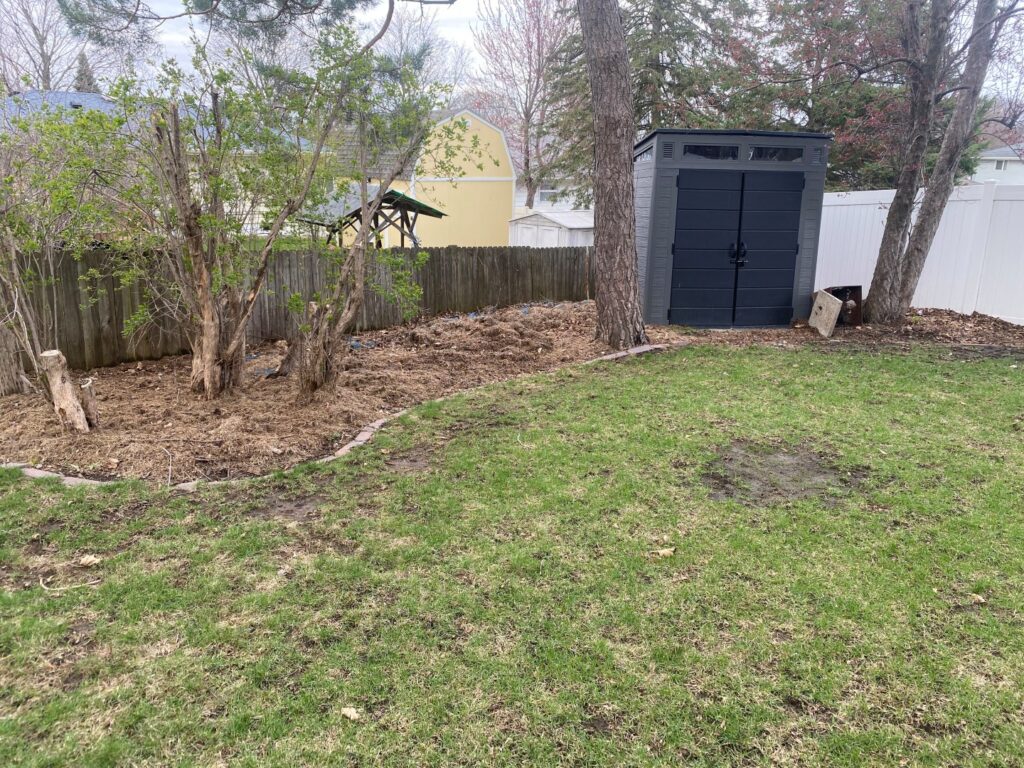Compost with Me!
With the new-to-us-yard comes new-to-us ideas such as composting! Follow along and learn with me as I use trial-and-error to do this composting thing right!

Welcome to my personal website! Please feel free to reach out on LinkedIn.
With the new-to-us-yard comes new-to-us ideas such as composting! Follow along and learn with me as I use trial-and-error to do this composting thing right!

The first step in our composting project was deciding on the right material. After sifting through numerous Reddit threads and Google search results, I finally settled on welded wire. Why welded wire? It offers excellent airflow, which is crucial for effective composting. It’s also lightweight, durable, and, most importantly, gave me an excuse to use the welder!
With the material chosen, I still needed to figure out the ideal size for our compost containers. Should I go with several small bins or one large compost pile? My research revealed that the optimal size for a compost container is around 1 cubic yard (or 27 cubic feet), which strikes the best balance for aeration and heat retention. Based on this, I determined that I could make 4.7 containers from 50 feet of fencing. To keep things simple, I rounded up and aimed for 5 containers.
Just as I was about to start, local city ordinances threw a wrench in our plan. Our city restricts residential properties to 100 cubic feet of compost in total, with additional regulations such as keeping compost bins 2 feet away from property lines, 20 feet or more from habitable structures, and a height limit of less than 50 inches.
Despite these limitations, I still wanted to maximize the amount of compost we could manage. After some rethinking, I decided on three 3-foot tall compost containers, each with a volume of 33.2 cubic feet. This size gave me the flexibility to create multiple bins while adhering to city guidelines.
I constructed each compost container by measuring out 11 feet 9.5 inches of welded wire, then welding the ends together to form a circular bin. The 3-foot height was chosen to keep the containers within the city’s height limit, and out of the line of sight of our backyard neighbors, while still offering the required volume for composting.
Before setting up the containers, I had to clear the area of any existing yard waste, which took several hours. After a solid day of work, I was ready to begin composting with approximately 3.5 cubic yards of compostable material on hand.
As of now, our compost bins are primarily filled with yard waste. I’ve added old grass clippings and mulched leaves from last year, which were pulled up during a recent dethatching session. There’s also a significant amount of old mulch that’s been partially worn down from various flower gardens we’re in the process of redoing.
If I had to estimate the balance of “browns” vs. “greens” (carbon vs. nitrogen-rich materials), I’d say it’s almost entirely browns. The materials we’re using are predominantly carbon-rich, like dry grass clippings, leaves, and old mulch, which are excellent for building structure and aeration in the compost.
I’m considering running an experiment by spraying one of the bins with a 15-0-1 nitrogen-rich solution (often found in DEF fluid) to see how the addition of cheap nitrogen might impact the composting rate. The theory is that adding nitrogen could accelerate the decomposition process, but I’m still weighing the potential outcomes before proceeding.
As the compost begins to break down, we’ll keep an eye on the browns-to-greens ratio to ensure we’re creating the right conditions for optimal composting. Adding more nitrogen-rich materials will be the key to speeding up the process, especially since we’re starting with a high proportion of carbon-based material.
Keep following along below for additional photos and comments as the months go by!

We welded each of the 3 frames to ensure a strong bond. I’m not sure if we should have just used metal twist ties… We’ll find out!

This area was the catch-all for all of our yard waste. It was very clear that it needed attention. Our son and the neighborhood kids would play in it making a mess along with the concerns of ticks and rodents living in it!

April 26, 2025 – aka “Day One.” We had around 3.5 cubic yards of yard waste that we filled the containers with!